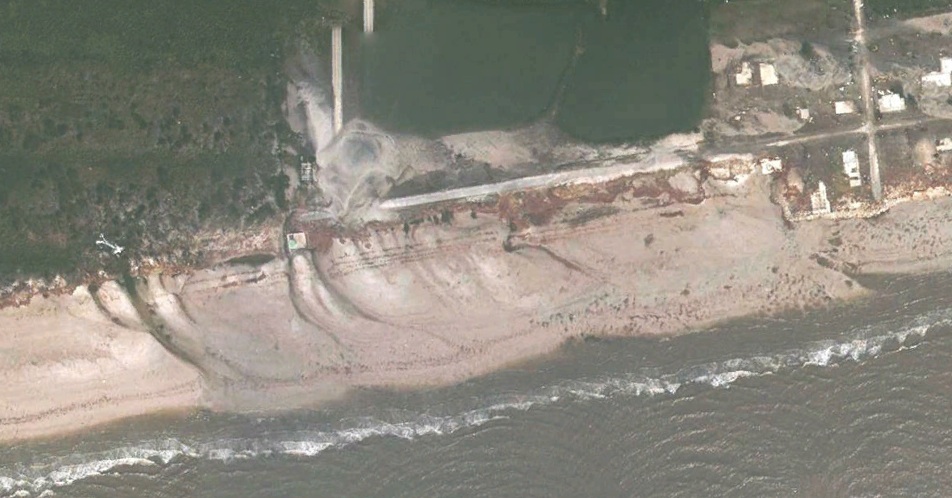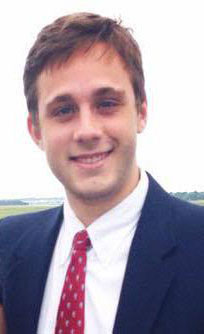Craft Writing
In 2014 and 2016, WRD hosted Craft Writing, http://craftwriting.as.uky.edu/, a one day symposium featuring brewers and professional writers in the craft beer industry.
In 2014 and 2016, WRD hosted Craft Writing, http://craftwriting.as.uky.edu/, a one day symposium featuring brewers and professional writers in the craft beer industry.
In July 2017, four students particiapted in the first ever WRD study aborad program. Living and studying in Copenhagen for three weeks, they learned social media rhetorics and created two Instagram projects: one on a concept or item specific to Denmark and one as an extended selfie, documenting the experience of an American in another country.
Their projects can be found at https://denmark210.wordpress.com/

Joe Lewis
Academic Advisor
A&S Advising
1. In my spare time I read, enjoy movies and love to travel. I’m willing to go almost anywhere I’ve never been before.
2. I don’t have a favorite movie, there are just too many to pick from, but my favorite book is “The Hitchiker’s Guide to the Galaxy” by Douglass Adams.
3. I’m kind of a “foodie” so I like to try new things. When we travel, we’re always using Tripadvisor and Yelp to find local, out of the way places. My wife and I also do a lot BBQ as well. We have a BBQ smoker and she has created her own dry rub recipe.
4. I make short films on the side. I’ve never made a dime doing it, but it’s always a pleasure to create something that didn’t exist before. I also collect movie memorabilia.
Everyone knows the classic normal distribution—the “bell curve,” where most observations cluster around the mean, and the frequency falls off toward either end, with well known statistical properties. Lots of things in nature are more-or-less normally distributed, but lots of things are not. In some cases distributions are “heavy-tailed,” such that for example there are many of the small ones, and increasingly fewer as size increases. Famous examples are the distribution of earthquake magnitudes, rank-size distributions of cities, and the distribution of wealth in societies.

Models of avalanche size distributions in (mathematically-simulated) sand piles were seminal in developing ideas about self-organized criticality and power laws, both in geomorphology and in general. Unfortunately even real sandpiles, much less more complex systems, are not necessarily well described by the models.
Landform and landscape evolution may be convergent, whereby initial differences and irregularities are (on average) reduced and smoothed, or divergent, with increasing variation and irregularity. Convergent and divergent evolution are directly related to dynamical (in)stability. Unstable interactions among geomorphic system components tend to dominate in earlier stages of development, while stable limits often become dominant in later stages. This results in mode switching, from unstable, divergent to stable, convergent development. Divergent-to-convergent mode switches emerge from a common structure in many geomorphic systems: mutually reinforcing or competitive interrelationships among system components, and negative self-effects limiting individual components. When the interactions between components are dominant, divergent evolution occurs. As threshold limits to divergent development are approached, self-limiting effects become more important, triggering a switch to convergence. The mode shift is an emergent phenomenon, arising from basic principles of threshold modulation and gradient selection.
Scientists, including geographers and geoscientists, are easily seduced by repeated forms and patterns in nature. This is not surprising, as our mission is to detect and explain patterns in nature, ideally arising from some unifying underlying law or principle. Further, in the case of geography and Earth sciences, spatial patterns and form-process relationships are paramount.
Unfortunately, the recurrence of similar shapes, forms, or patterns may not tell us much. Over the years we have made much of, e.g. logarithmic spirals, Fibonacci sequences, fractal geometry, and power-law distributions—all of which recur in numerous phenomena—only to learn that they don’t necessarily tell us anything, other than that several different phenomena or causes can lead to the same form or pattern. The phenomenon whereby different processes, causes, or histories can lead to similar outcomes is called equifinality.

Center pivot irrigation in Kansas, USA (USGS photo).
The Department of Chemistry hosted a Faculty Poster Presentation on Friday, September 4, 2015. This annual event is an opportunity for new graduate students to meet Chemistry faculty members and learn about their current research projects.Each of the 30 new graduate students needs to choose a research group by December, and the poster Presentation is designed them find a project that aligns with their interests. This choice is critical, because the research group a student chooses this semester will determine the course of his or her academic career. The faculty member who leads the research group will become the student’s advisor and mentor.
While the event is mainly for the benefit of the new students, the Faculty Poster Presentation also gives faculty members a chance to look at their colleagues’ research and gives current students a venue for spending time with their peers outside the lab. Events like the poster presentation are vital to the advancement of community within the department, and helps to foster strong relationships between our students and faculty members – now, and beyond their time in the Department.

Some comments from a reviewer on a recent manuscript of mine dealing with responses to disturbance in geomorphology got me to thinking about the concept of disturbance in the environmental sciences. Though the paper is a geomorphology paper (hopefully to be) in a geomorphology journal, the referee insisted that I should be citing some of the “foundational” ecological papers on disturbance. These, according to the referee, turned out to be papers from the 1980s and 1990s that are widely cited in the aquatic ecology and stream restoration literature, but are hardly foundational in general.
Consideration of the role of disturbance goes back to the earliest days of ecology, and is a major theme in the classic papers of, e.g., Warming, Cowles, and Clements in the late 19th and early 20th centuries. A general reconsideration (“reimagining” is the term many would use, but I’ve grown to hate that overused word) of the role of disturbance in ecological systems was well underway by the 1970s, and the last five years or so have seem some very interesting syntheses of these emerging ideas (two I especially like are Mori, 2011 and Pulsford et al., 2014).

 I grew up in Somerset, KY and came to Lexington in 2006 to attend UK. I graduated with a BA in Geography in 2009 and an MS in Education Policy in 2012. As an undergraduate, I helped out in a preschool classroom at Booker T. Washington Elementary. I was also an Arts & Sciences Ambassador my senior year. In graduate school, I worked in the Center for Student Involvement and was the advisor to the Center for Community Outreach programs. Along the way I met my wife Ashley and we have been married 4 years.
I grew up in Somerset, KY and came to Lexington in 2006 to attend UK. I graduated with a BA in Geography in 2009 and an MS in Education Policy in 2012. As an undergraduate, I helped out in a preschool classroom at Booker T. Washington Elementary. I was also an Arts & Sciences Ambassador my senior year. In graduate school, I worked in the Center for Student Involvement and was the advisor to the Center for Community Outreach programs. Along the way I met my wife Ashley and we have been married 4 years.
1. What is your favorite movie or book? I tend to read more periodicals/newspapers than books. I am usually reading a combination of The Economist, BusinessWeek, National Geographic, and Mental Floss.
2. What is your favorite animal? Definitely a dog person. My wife and I have a goldendoodle named Luna (of Harry Potter fame).

John is a sophomore from Louisville, Kentucky. John is new to the College of Arts & Sciences, and is a student office assistant in the Department of Chemistry.
John finds that working in the College of Arts & Sciences has been very useful for a career in accounting or finance. He has already gained some helpful insights regarding his own communications skills and has increased his knowledge and proficiency in using the Microsoft Office Suite of products.
Currently, John and one other student worker in the Chemistry Department are working on a project to help redo the classroom signs around the Chemistry-Physics building. He feels that he is an important part of the process and that their insight on what would be most helpful for the students will be taken into account and potentially implemented.
When he isn’t hard at work in Arts & Sciences, John is an avid sports fan and loves to attend UK football and basketball games. He also enjoys professional sports and follows the Green Bay Packers, Arsenal and Bayern Munich football clubs. John spends his free time either reading or being in nature, and enjoys fishing, canoeing, and exploring.